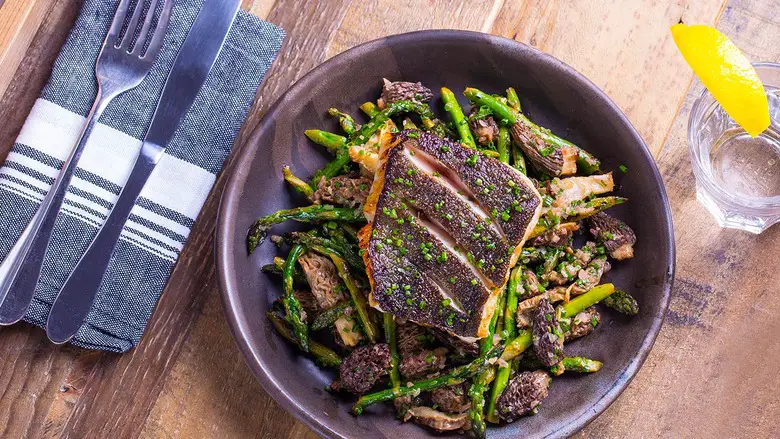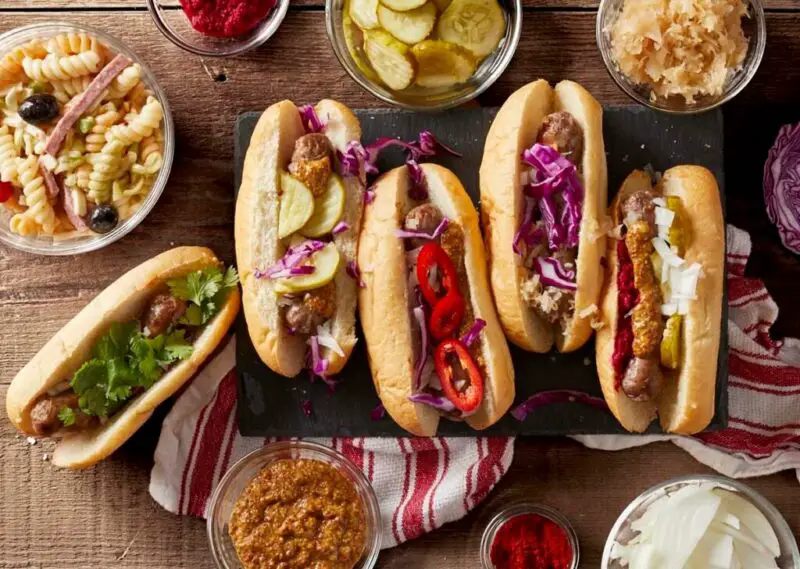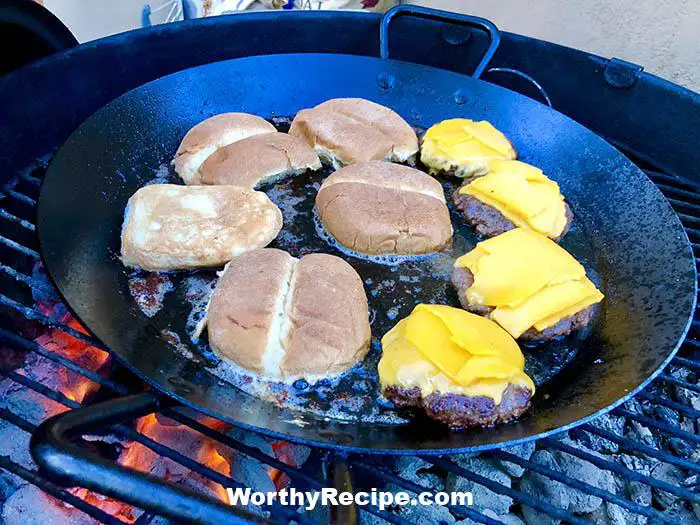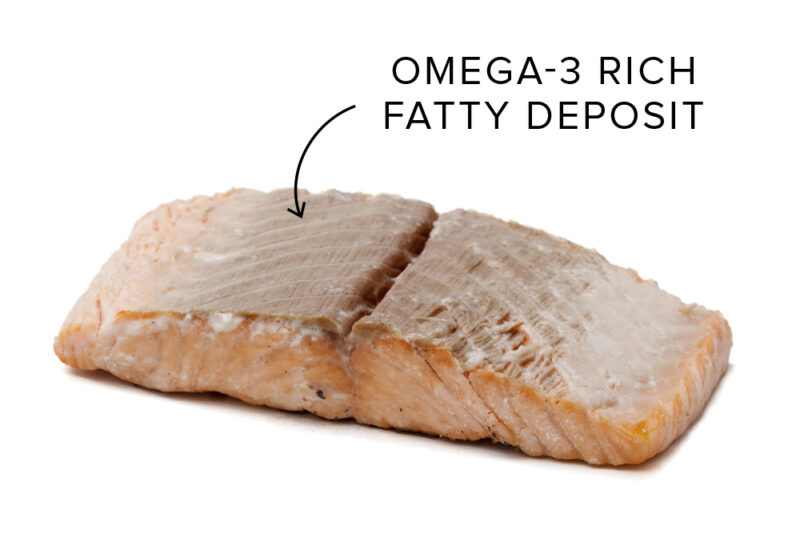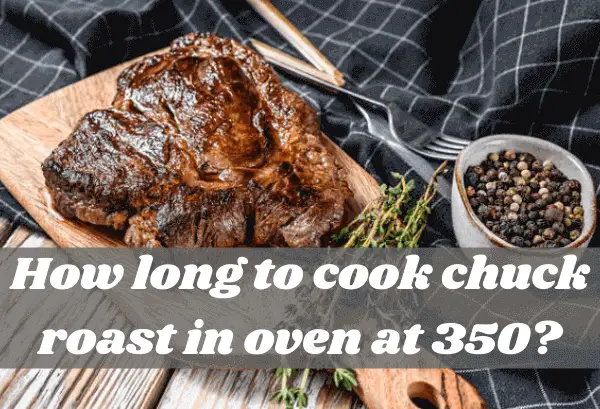How Much Money Does an Average Bake Sale Bring In?
Introduction
Bake sales have been a staple in non-profit fundraising for decades. They are a great way to raise funds for schools, churches, and other charitable organizations. But how much money can you expect to make from a bake sale? In this article, we will explore the different factors that affect the amount of money generated from a bake sale, proven strategies to maximize profits, and case studies of successful bake sales.
Setting Up a Bake Sale
When setting up a bake sale, there are several key factors to consider.
Choosing a Venue: You need to select a location that has high visibility and is easy to access. This could be a community center, church, or school.
Choosing Date and Time: Pick a date and time that works for your target demographic. If you’re fundraising for an elementary school, hosting your bake sale after school hours may be the most profitable option.
Advertising a Bake Sale: Spreading the word about your bake sale is essential to drive traffic to your event. Use social media marketing platforms like Facebook and Instagram, print posters and flyers, and utilize word-of-mouth marketing to get the message out.
Preparing For a Bake Sale
Before hosting your bake sale, you need to make sure you have everything in order.
Number Of Volunteers Needed: Determine how many volunteers are needed based on the size of the event. Volunteers can help with tasks such as baking items, setting up tables, and handling transactions.
Food Inventory: Make sure you have enough food items on hand to meet demand. Determine what items you will be selling and purchase ingredients accordingly.
Baking Schedule: Create a baking schedule so that all products are fresh and ready for the sale. Start a few days ahead of time to ensure enough time to bake everything.
Cost of food per item sold: Calculate the cost of each item so you can price them accordingly.
Displaying Items for Sale: Ensure that your items are displayed neatly and attractively. Use packaging that keeps items fresh and visually appealing.
Pricing: Price your items fairly but also make sure that you’re making a profit. Take into account the cost per item and ensure your prices aren’t too low.
During a Bake Sale
During the bake sale, there are several key things to remember.
Customer Service Essentials: Ensure all customers are greeted warmly and provided with excellent customer service.
Supervising Volunteers: Assign tasks to volunteers and ensure everyone knows what they’re responsible for. You’ll also need to ensure proper hygiene is maintained and transactions are handled correctly.
After a Bake Sale
After the bake sale, it’s time to wrap things up.
Take Down and Clean Up Process: Ensure the venue is left clean and tidy after the event is over.
Counting Funds Raised: Count all money raised at the event, tally up expenses, and record all financial transactions.
Analyzing Average Money Raised at Different Kinds Of Bake sales
Now that we’ve gone over the basics of setting up, preparing for, and hosting a bake sale let’s take a look at how much money different types of bake sales typically bring in.
- Elementary School Bake Sales: In most cases, elementary school bake sales generate between $200-500 depending on location and how well-advertised the event is.
- Church or Community Bake Sales: Churches or local community groups often raise between $500-1,000 from their bake sales. These events tend to have a higher number of attendees and increased visibility.
- Non-Profit Organization Bake Sales: Non-profit organizations tend to generate the most revenue from bake sales. Depending on the size of the organization and how well-advertised the event is, they can expect to make up to $5,000.
Factors That Affect The Amount Of Money Generated From A Bake Sale
Several factors affect the amount of money you can generate from a bake sale.
Quality Of Products Sold: This is one of the biggest factors in determining how much money you’ll make. Make sure you’re providing high-quality baked goods that are appealing to customers.
The Catchment Area Of The Event: The location of your bake sale plays a significant role in generating revenue. Hosting your bake sale in an area with high foot traffic will likely bring in more customers.
Target Demographic of Customers: As mentioned earlier, it’s important to host your event at a time and place that’s convenient for your target demographic. This will increase the likelihood that they’ll attend.
Proven Strategies To Maximize Profits At A Bake Sale
To maximize profits at your next bake sale, consider implementing some of these strategies:
Bundle Selling Strategy: Offering bundles or packages where customers can purchase multiple items at a discount increases their perceived value, leading to more significant profits.
Offering Gluten-Free Or Other Allergy-Friendly Options: By catering to a wider audience, you can attract more potential customers who would otherwise not be able to buy items due to dietary restrictions.
Creative Pricing Strategies: Instead of selling items for a flat rate, offer them at a sliding scale. By allowing customers to pay what they can afford, you increase the likelihood that they’ll buy something.
Case Studies: Success Stories from different kinds of Bake Sales
Let’s take a look at two successful bake sales and how they achieved their goals.
St Jude’s Children Hospital Annual Bake Sale: This bake sale was run by volunteers from St. Jude’s Children Hospital with the goal of raising money for pediatric cancer research. They utilized social media marketing, word-of-mouth marketing, and community partnerships to drum up support. They generated over $8,000 in revenue.
Trinity United Church Community Fall Festival Bake Sale: Held during their annual fall festival, Trinity United Church raised over $2,500 in revenue through their bake sale by implementing a bundle selling strategy and offering allergy-friendly options.
Conclusion
In conclusion, bake sales are still relevant as a way to raise funds in modern times. Although there are several factors that can affect the amount of money generated from a bake sale, following best practices and proven strategies will help increase your profits. Remember to focus on providing high-quality baked goods, choosing an ideal location with high foot traffic, catering to your target demographic’s needs, and utilizing creative pricing strategies. With the right planning and execution, you too can hold a successful and profitable bake sale for your non-profit organization.
Frequently Asked Questions about How Much Money Does an Average Bake Sale Bring In
How much money can I expect to earn from a bake sale?
The amount of money you can earn from a bake sale depends on various factors such as the number of baked goods you sell, the pricing strategy you use, the location and timing of the sale, and the target audience. On average, a well-planned and executed bake sale can bring in anywhere between $200 and $500.
What types of baked goods are best to sell at a bake sale?
The best types of baked goods to sell at a bake sale are those that are easy to make, transport, display, and sell, and that have broad appeal or cater to specific dietary needs. Some examples include cookies, brownies, cupcakes, muffins, bread, pies, cakes, gluten-free and vegan options. It’s also a good idea to offer a mix of sweet and savory items to cater to different tastes.
How should I price my baked goods for a bake sale?
The pricing strategy for baked goods at a bake sale should take into account the cost of ingredients and supplies, the time and effort put into making them, the perceived value by customers, and the competition from other vendors in the area. A good rule of thumb is to price items between 50 cents and $5 depending on their size and complexity. You can also offer discounts for bulk purchases or bundle deals.
What are some tips for promoting a successful bake sale?
To promote a successful bake sale, it’s essential to plan ahead and raise awareness among potential customers. Some tips include choosing a high-traffic location such as a school or church event or a community fair or festival; creating eye-catching signage and displays; using social media and email marketing to spread the word; recruiting volunteers to help with baking, setup, and sales; providing a diverse selection of baked goods; offering samples or freebies to attract customers; and thanking supporters for their contributions.
How should I handle money transactions and record-keeping at a bake sale?
The handling of money transactions and record-keeping at a bake sale should be transparent, accurate, and secure. Some tips include setting up a cash box or register with enough change; numbering or labeling items to track sales; keeping a tally sheet of the items sold and the prices; issuing receipts or invoices for larger purchases; assigning at least two people to handle money collection and counting to avoid errors or theft; and documenting the expenses and income for tax purposes.


